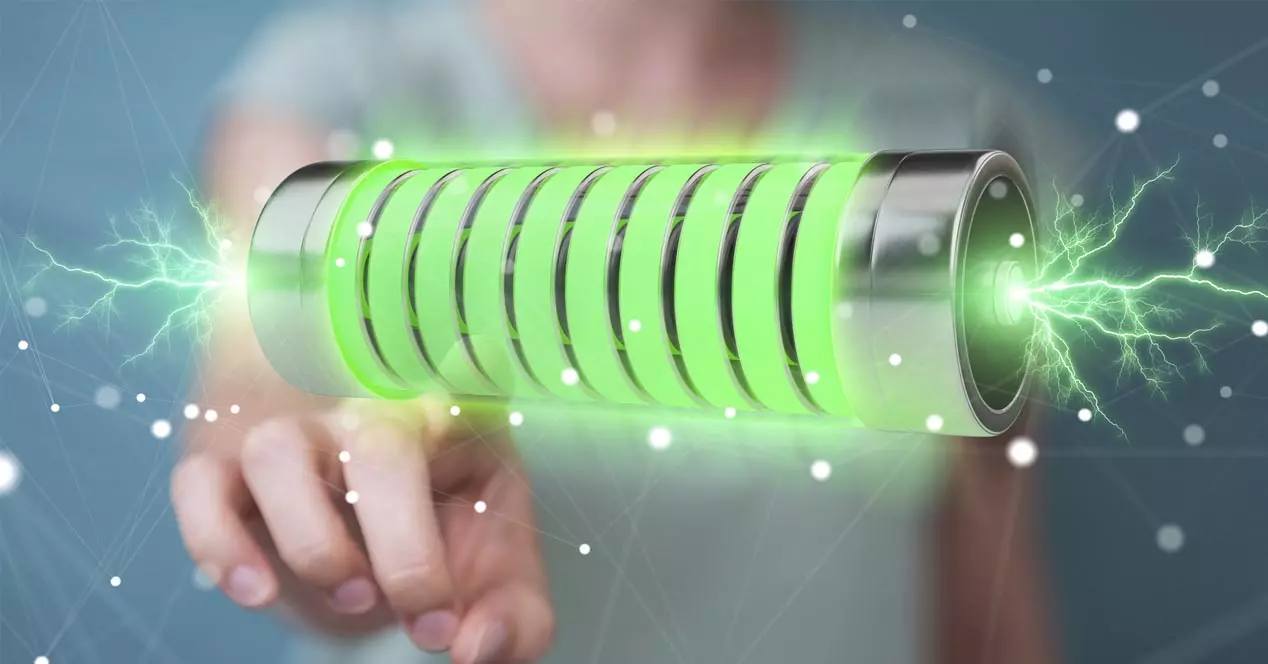Scientists have discovered a new crystalline superconducting state in a new and unusual superconductor called uranium ditelluride, a wonder material that can make extremely powerful magnets and may also be the basis for the next generation of quantum computing.
Uranium ditelluride (Uranium Ditelluride, chemical formula: UTe2) is an inorganic compound and an unconventional superconductor discovered in 2018, with 2 superconducting phases.
According to the BCS superconducting theory, when electrons overcome mutual repulsion to form so-called “Cooper pairs”, they can propagate unimpeded in materials like superfluids. The wave functions of these Cooper pairs have three possible types of symmetry: s-wave , d wave, p wave.
s-wave superconductors include conventional superconductors (i.e. obey the BCS theory), such as lead, tin, mercury, each Cooper pair of these materials consists of one spin-up electron and one spin-down electron, when the electrons move towards each other , the net spin angular momentum is zero.
d-wave superconductors arise in unconventional (non-BCS) high-temperature superconductors such as copper oxide. The electrons of these materials also form Cooper pairs, in which one electron spins up and the other spins down. The net spin of each pair of electrons is The angular momentum is also zero, but the orbital angular momentum of these Cooper pairs is not zero.
The p-wave superconductor is the most unique. Cooper has a singular parity for the wave function, which means that both electrons spin up or spin down (the two electrons spin in the same direction), that is, each pair of electrons adopts a spin triplet State topological superconductors, with unusual states at the edges, have attracted considerable attention.
It’s just that scientists have been studying topological superconductors for 10 years. Except for superfluid 3He, There is no material that is clearly identified as odd parity.
A spin-triplet superconductor, the exotic Uranium ditelluride, is a promising candidate for this category.
In 2021, theoretical physicists began to propose that uranium ditelluride is actually in a pair-density wave (pair-density wave, PDW) state, rather than a traditional superconducting fluid; in simple terms, PDW is like a superconductor electron pair showing a static dance, But a periodic crystal pattern is formed throughout the space.
Recently, the team of Oxford University and Cornell University used a scanning tunneling microscope to analyze uranium ditelluride, and successfully found some electron pairs in uranium ditelluride to form a PDW crystal structure, which can also be said to have discovered a new quantum state of matter—a spin triplet PDW composed of state Cooper pairs.
The team has observed PDW in s-wave superconductors and d-wave superconductors before, and the latest results show that the PDW state is common to all types of Cooper pairs.
The researchers said that uranium ditelluride may lead to more stable and practical quantum computers, which will have a major impact on the fields of condensed matter physics, quantum computing, and spintronics.
The new paper was published in the journal Nature.





